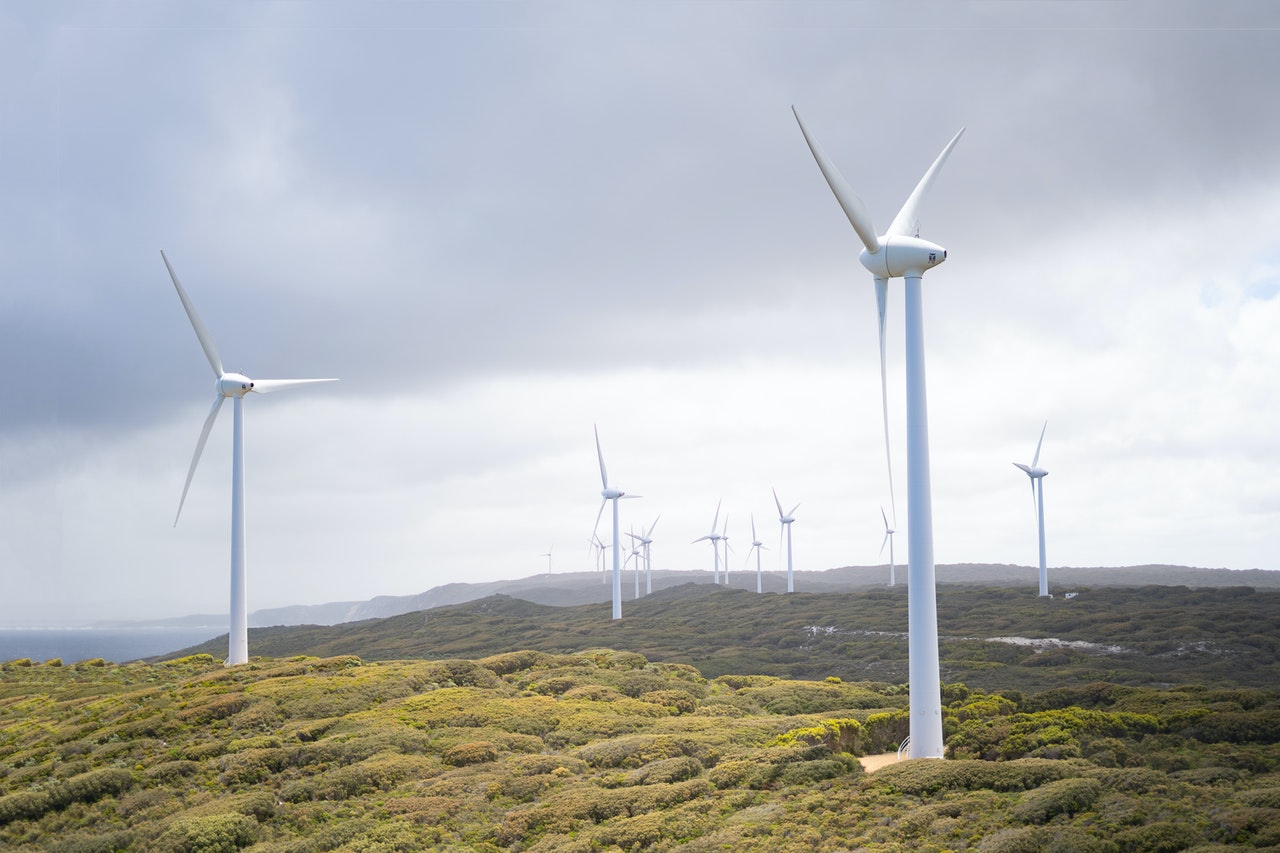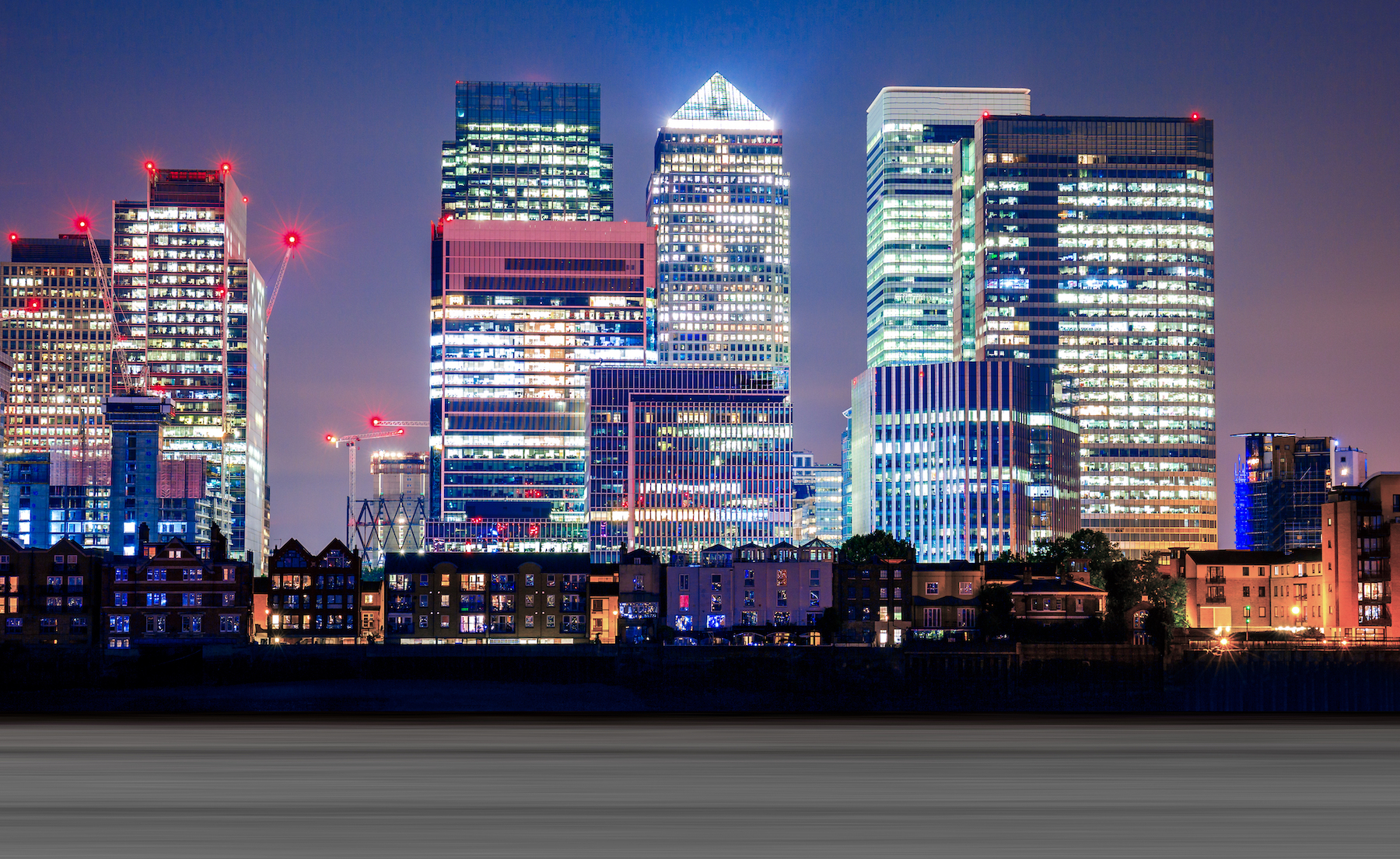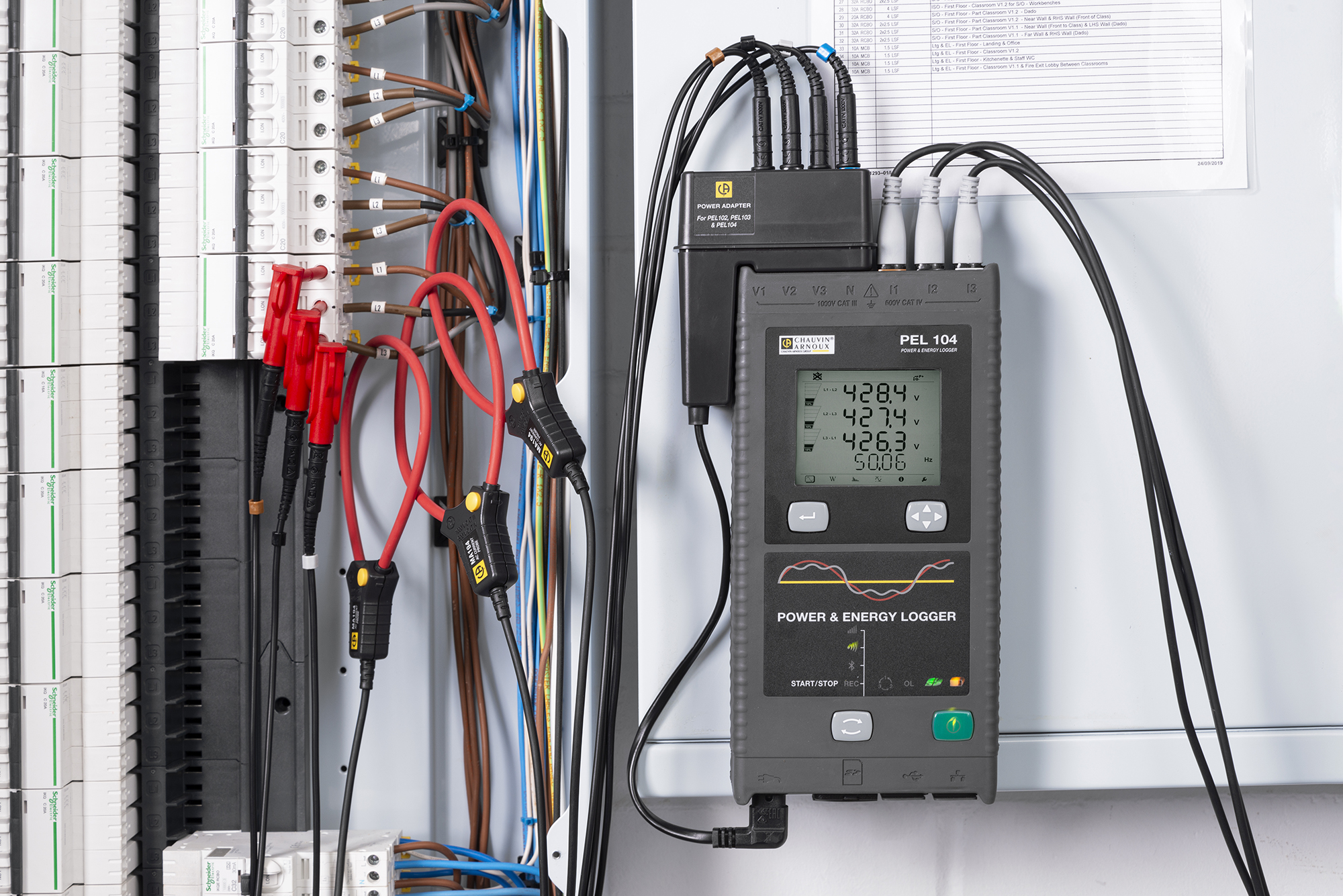Supply or Demand?
At present, there’s a lot of discussion in print and online about the future of our electricity supply networks, and in particular, about the changes that will be needed to meet future requirements such as providing power for charging electric vehicles. Much of the discussion focusses on ways of increasing network and generating capacity but, says Julian Grant of Chauvin Arnoux, is this really the right place to start?
It’s hardly a secret that the demand for electrical power is growing: in 1970, energy usage in the UK was 170 TWh, but by 2017 this had increased to 301 TWh. Projections for future growth in demand vary, but even the most conservative of the four principal scenarios currently being considered by the National Grid shows a large increase.
In fact, it has been predicted that electric vehicle charging alone will result in an increase in peak demand of between 3.5 and 8 GW. To put this in perspective, the existing peak demand is around 60 GW, and the output of the massive new Hinckley Point C nuclear power station will be 3.2 GW. Clearly, finding this extra power will be no trivial exercise – especially bearing in mind that we’ve considered only electric vehicles and that there are sure to be other factors that will increase electricity consumption.
The good news is that the supply authorities have expressed confidence that they will be able to reliably support our electrical power requirements for the foreseeable future. The steps they are taking to deliver on this promise are widely reported: new and ever bigger windfarms, huge solar PV installations and, of course, Hinckley Point C. But are we missing a trick? Sure, adding more generating capacity is an important element in ensuring future energy security, but it’s not without its downsides – although these receive far less publicity.
Downside number one is that all this extra capacity costs money – a lot of money. And where will this money come from? Ultimately from you, the energy consumer. Downside number two is that, although much of the new generating capacity is ‘green’, that doesn’t entirely break the link between energy usage and environmental impact. In reality, whatever the energy source, energy consumption adversely affects the environment. Wind and solar power are, of course, much more benign in this respect than coal and oil, but there’s still a significant effect.
What can be done? Actually, the answer is in your hands, especially if you are an industrial or commercial consumer of electricity. The first step is to realise that, although all the razzmatazz about meeting future energy needs is focussed on the supply side – those new power stations and wind farms – there is at least as much to be done on the demand side. This is much less ‘sexy’, of course, and therefore much less likely to make the headlines.


Look at it this way, though. If your car is delivering poor fuel consumption because you have a leaky fuel tank, you probably wouldn’t say there was a need for additional filling stations so you could be sure of keeping it topped up. Hopefully you might first tackle the leak! So it is with energy. As long as energy is being wasted, it is surely folly to concentrate all our efforts on building extra generating capacity to feed that waste; a better solution has to be to stop or at least minimise the waste.
At this point, you may well be thinking that reducing energy wastage is unlikely to make a significant dent in the future growth of energy demand. If you are, here are a few statistics to consider.
The Carbon Trust says that 20% of energy used in business is wasted because of inefficient equipment. A British Gas survey has revealed that 46% of energy is used out of hours, when the business is supposedly closed. Incandescent lighting uses five times the energy of modern LED luminaires for the same amount of light and fitting variable speed drives can, in many applications, reduce motor energy usage by 50% or more. Finally, and perhaps most shockingly, a recent survey has shown that as many as 50% of businesses have electrical installations with power factors of 0.7 or worse and so are, in effect, paying 30% more than they need to for their electricity.
To put all of this in a nutshell, almost any business can, with a little effort and only modest expenditure, reduce its energy usage dramatically. Chauvin Arnoux’s experience is that, in most cases, savings of 20% are easily achieved. The benefits are threefold: loading on the grid is reduced, which helps to ensure the security of future energy supplies; the carbon footprint of your business is reduced, which is a factor increasingly often considered by customers who may be thinking of awarding you a contract; and, last but very definitely not least, your energy bills will fall, delivering savings that will go straight to the bottom line of your company’s balance sheet.
That has to be excellent news all round, even if it isn’t quite the material headlines are made of! But where do you start to make those energy savings? The old adage that what you can’t measure you can’t control is pretty threadbare but is nonetheless apt in these circumstances. To identify where you can save energy in your business, you need to accurately measure when and where you’re using it.
The best way to do this for electrical systems is with a PEL – a portable energy logger – such as the Chauvin Arnoux PEL103. You can easily install this at almost any point in your electrical installation, where it will measure and record all key electrical parameters such as voltage, current, power, power factor and harmonics. Armed with this information, identifying opportunities for saving energy becomes a straightforward and rewarding task, as has been discussed in more detail in previous articles in this series.

If you didn’t see these articles or if you would simply like more information, contact us at Chauvin Arnoux and we’ll be happy to help. And don’t forget, it’s not just the supply side that needs to change to ensure the security of future energy supplies – change is equally important for the demand side. You have your part to play and, unusually for a situation where you’ll be benefitting others, you will also be saving money!

